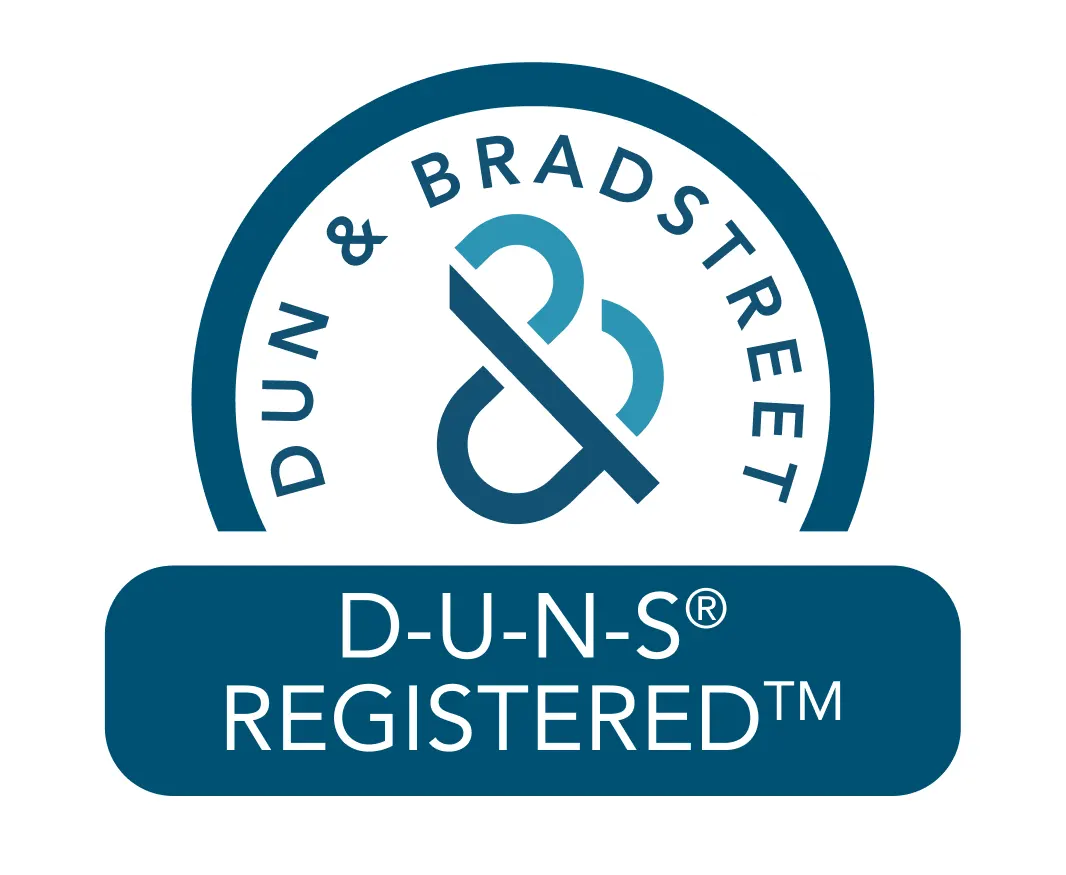Having a professional online presence is crucial for small businesses. However, the prospect of creating or updating a website can be daunting, especially when you’re on a tight budget. The good news is that with careful planning and the right tools, you can build a great website without breaking the bank. In this post, we’ll share valuable tips and budget-friendly tools to help you get started.
1. Set Clear Goals and Priorities
Before diving into website development, define your goals and priorities. What is the main purpose of your website? Is it to showcase products or services, generate leads, or provide information? By establishing clear objectives, you can focus your efforts and resources where they matter most.
2. Choose a User-Friendly Website Builder
Consider using a user-friendly website builder like Wix, Weebly, or WordPress with a free or low-cost hosting plan. These platforms offer templates that simplify the design process, allowing you to create a professional-looking site without the need for extensive coding skills.
3. Select a Budget-Friendly Domain Name
Your domain name is your online identity. Look for affordable domain registrars like Namecheap or GoDaddy, and choose a domain name that reflects your business and is easy to remember.
4. Optimize for Mobile Responsiveness
With a significant portion of internet traffic coming from mobile devices, ensure that your website is responsive and mobile-friendly. Most website builders have built-in mobile optimization features.
5. Utilize Open Source Content Management Systems (CMS)
Consider using open source CMS platforms like WordPress.org. These platforms are free to use and offer a wide range of plugins and themes that can be customized to suit your needs.
6. DIY Content Creation
Create your website content in-house to save on costs. Invest time in crafting engaging, high-quality text, images, and videos that resonate with your target audience.
7. Explore Free or Affordable Themes and Plugins
For WordPress users, there are numerous free and budget-friendly themes and plugins available. Carefully select those that enhance your website’s functionality and aesthetics.
8. Implement Basic SEO Practices
Learn the basics of search engine optimization (SEO) to improve your website’s visibility in search engine results. This can drive organic traffic without the need for costly advertising.
9. Regularly Update and Maintain Your Website
Frequently update your content, ensure that your website is secure, and back up your data regularly. Preventative maintenance can save you from costly repairs in the future.
10. Leverage Social Media and Online Communities
Promote your website through social media platforms and online communities relevant to your industry. Building an online presence through these channels can be cost-effective and impactful.
11. Track Performance Metrics
Use free tools like Google Analytics to monitor your website’s performance. This data can help you refine your strategy and make informed decisions as your site grows.
12. Consider DIY vs. Professional Help
For complex features or customizations, evaluate whether it’s more cost-effective to do it yourself or hire a professional. Sometimes, outsourcing specific tasks can save you time and money in the long run.
Remember, while these tips and tools are valuable, it’s often beneficial to seek professional assistance when setting up your website. Aid IT can assist every step of the way, providing experienced web developers familiar with the intricacies of setting up domains, WordPress, and offering IT support. Their expertise can ensure that your website not only looks great but also functions seamlessly, giving you peace of mind as you establish your online presence. Don’t hesitate to reach out to Aid IT for personalized guidance and support in your website development journey.




